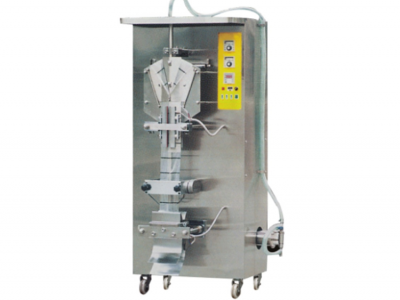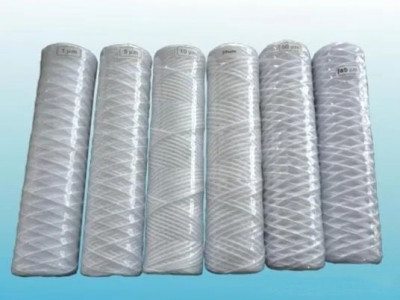July 29, 2022
Water treatment equipment companies in the design of professional reverse osmosis pure water equipment solutions for users will go to the field to sample the raw water testing, a detailed understanding of the water quality situation. This can be better designed for customers to meet the needs of reverse osmosis water purification equipment, the following we will discuss the requirements of reverse osmosis water purification equipment for raw water quality.
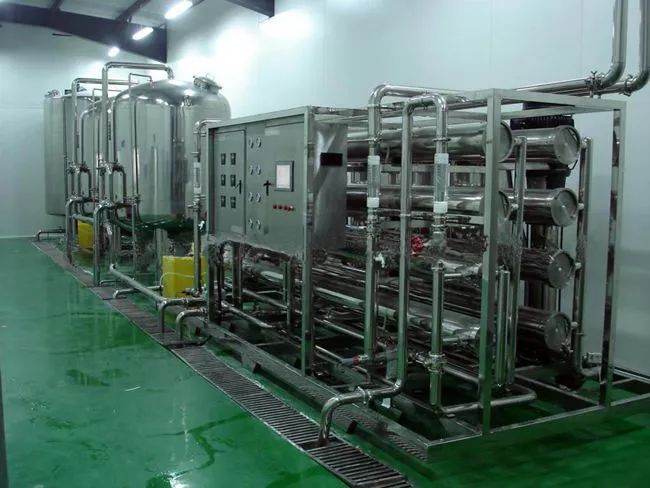
Purified water equipment can be used in chemical, pharmaceutical, food, and other industries, there will be a full set of pretreatment devices in the whole system, mainly for the preliminary treatment of raw water to achieve the requirements of the feed water of the reverse osmosis host.
The reason why the reverse osmosis mainframe has high requirements for the feed water quality is mainly due to the structure of the reverse osmosis membrane element, material, desalination mechanism, and other restrictions in various conditions.
Requirements for feed water of reverse osmosis mainframe
① Temperature conditions are usually between 1 and 45°C
② pH=4~7
③ Residual chlorine content <0-1mg/L
④ Iron content(mg/L): Fe<0.05 when dissolved oxygen>5mg/L
⑤ Organic matter content (COD) <3mg/L
⑥ Turbidity (NTU) <1.0
⑦ Silt density index (SDI value) <5
⑧ Hardness in 10-250mg/L
Only when the raw water reaches these conditions can it enter the system of the reverse osmosis host, otherwise it will damage the reverse osmosis membrane and make the water quality not reach the standard of pure water, the conductivity will also be high, and it will also affect the service life of the equipment.
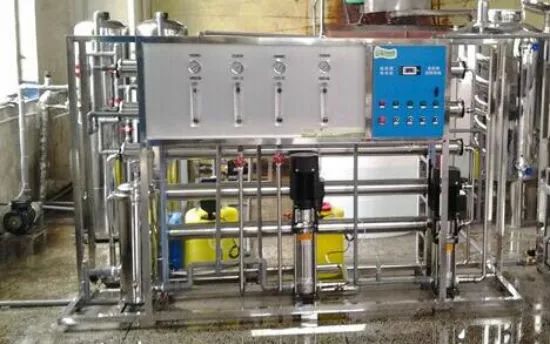
Proper recording of operating data and standardization of system performance is important for early detection of system contamination and includes proper calibration of all instrumentation.
If one or more of the above indicators are not up to standard, it will have the following effects on the RO membrane.
1, RO reverse osmosis membrane will be contaminated by metal oxides.
2, Colloid contamination.
3, suspended matter fouling RO reverse osmosis membrane device.
4, RO reverse osmosis membrane fouling phenomenon occurs.
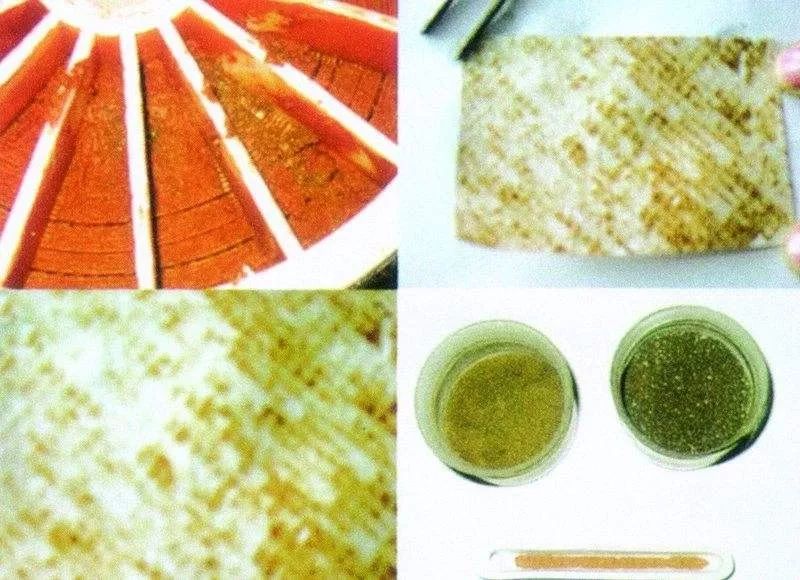
How to determine if the membrane system is contaminated
(1) A decrease in water production at standard pressure, or an increase in operating pressure is necessary to achieve the design water production.
(2) An increase in the pressure difference between the feed water and the concentrated water.
(3) An increase in the weight of the membrane element.
(4) A significant increase or decrease in membrane desalination rate.
(5) Significant color change on the end face of the membrane element, crystalline material, sticky material, or odor.
Larger impact on the whole reverse osmosis unit
❀ Decrease the overall water production of the reverse osmosis purified water system.
❀ Affect the water quality of the reverse osmosis purified water system.
❀ Increase the overall operating cost of water treatment equipment, including reverse osmosis scale inhibitor, resin regeneration salt, other water treatment chemicals, etc.
Detailed Operating Instructions for Automatic Dosing Systems
December 26, 2024
Characteristics and Applications of Precision Filters
December 19, 2024
